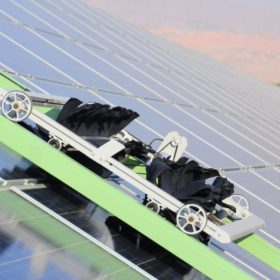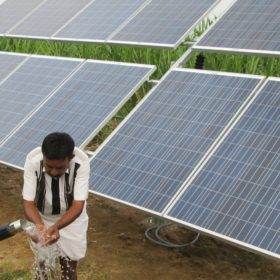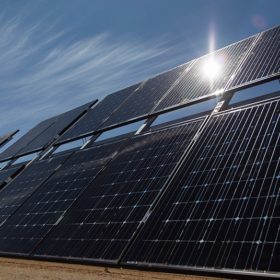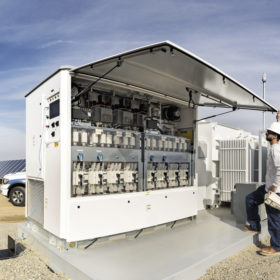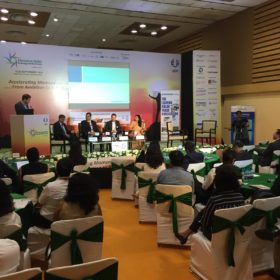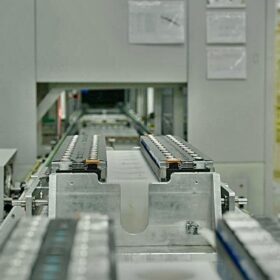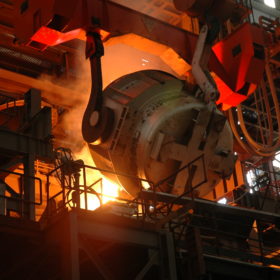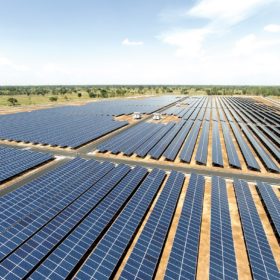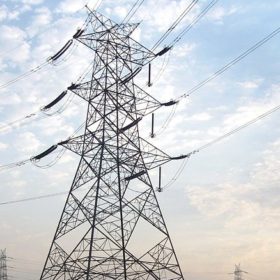The long read: Sweet sweep
The amount and nature of desert dust determines whether daily cleaning of solar modules is a favorable option. However, frequent and water-intensive cleaning, as well as the amount of labor required, can be costly in desert installations. But the ingenuity of automation is on its way to help.
The long read: The untapped potential of the MENA region
The region’s climate, developing economies and demographic growth are driving increased electricity demand in the Middle East and North Africa. However, as a hub of conventional energy supply, the region has been slow to embrace PV. To capture more of the value chain and deliver the full potential of solar, there are increasing calls for distributed generation deployment to play a bigger role.
Premier Solar modules the first in the world to secure revised IEC certification
Testing has led to the first certificate of its kind worldwide since a revision of International Electrotechnical Commission Standards in 2016. Accreditation enables Premier Solar to access markets in Latin America, Europe and Africa.
Comments sought on BIS standards for solar pumping systems
The Ministry of New & Renewable Energy (MNRE) has invited comments of all the stakeholders on the solar PV water pumping system specifications set by the Bureau of Indian Standards (BIS).
The long read: Bifacial testing sites multiply in the US
Bifacial solar panel performance has become such a hot topic there are now at least four competing field test sites ramping up in the United States, each matching a different set of trackers and panels. DNV GL, Soltec, NREL and Sandia are all involved, and initial results are expected this year, once a year’s data has been collected.
The long read: Delaying derating
High solar irradiance and few cloudy days are ideal for solar. Fine dust and extreme heat is not – particularly when it comes to power electronics. As the distributed generation market segment emerges across hot climates, extreme conditions are a challenge inverter suppliers are grappling with.
The long read: Why are we not making the most out of big data analysis?
Although the solar industry sees itself as young, its assets are aging. Owners still struggle with the complexity of making the best use of big data analysis to improve plant efficiency and profitability. Ragna Schmidt-Haupt, of Everoze, examines why this has not changed, and what can or should be improved. Artificial intelligence, advanced data analytics, automated assessments and smart monitoring software – holistic solar asset management starts here.
Indian panel data could transform PV monitoring processes
Researchers say the use of clustering-based computation could remove the need for on-site inspections of panels by instead enabling real-time monitoring of degradation using only meteorological data.
Government moots list of approved PV models and manufacturers
Products and companies which fail to make the list will be excluded from a wide range of government-backed projects. The list is set to apply from the end of March 2020 but new tenders will incorporate listing requirements from now on.
Video: Future PV Roundtable REI 2018
Innovation continues to be a driver of the global PV industry. India is no exception as the sector continues to pursue the ambitious goal of 100 GW by 2022. But what is the latest status of innovative PV power plant componentry, design and execution in India in 2018? And what are key drivers and constraints […]
